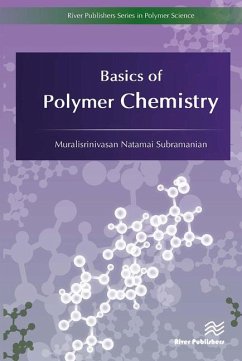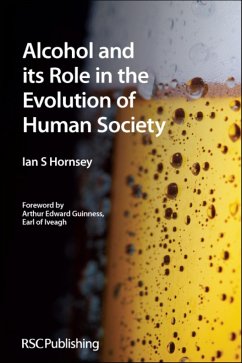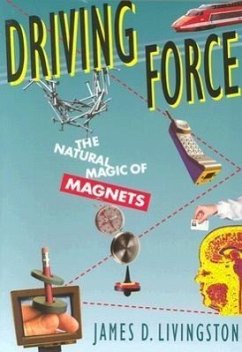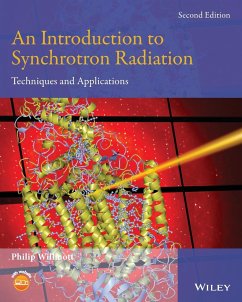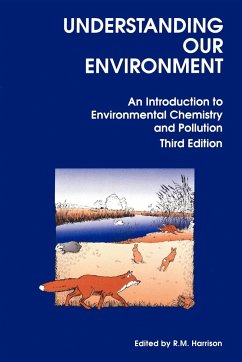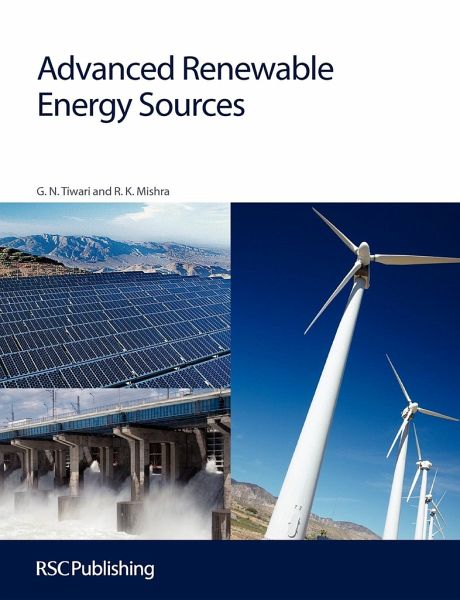
Advanced Renewable Energy Sources

PAYBACK Punkte
24 °P sammeln!
The sun provides solar energy which is clean and environmentally friendly and can be directly used to produce thermal as well as electrical power. It is also directly the main source of all renewable energy sources discussed in this book. Due to global industrialization and the sharp increase of CO2, there is an increasing need to develop less polluting renewable energy sources for our long term survival and to balance the ecological system. This book is a unique and complete book covering renewable energy resources and contains a detailed analysis of energy and exergy, CO2 mitigation, and CO2...
The sun provides solar energy which is clean and environmentally friendly and can be directly used to produce thermal as well as electrical power. It is also directly the main source of all renewable energy sources discussed in this book. Due to global industrialization and the sharp increase of CO2, there is an increasing need to develop less polluting renewable energy sources for our long term survival and to balance the ecological system. This book is a unique and complete book covering renewable energy resources and contains a detailed analysis of energy and exergy, CO2 mitigation, and CO2 credit of various renewable energy sources. It is an ideal reference for teaching renewable energy to engineering and science students, as well as a reference book for scientists and professionals doing self study on the subject.





